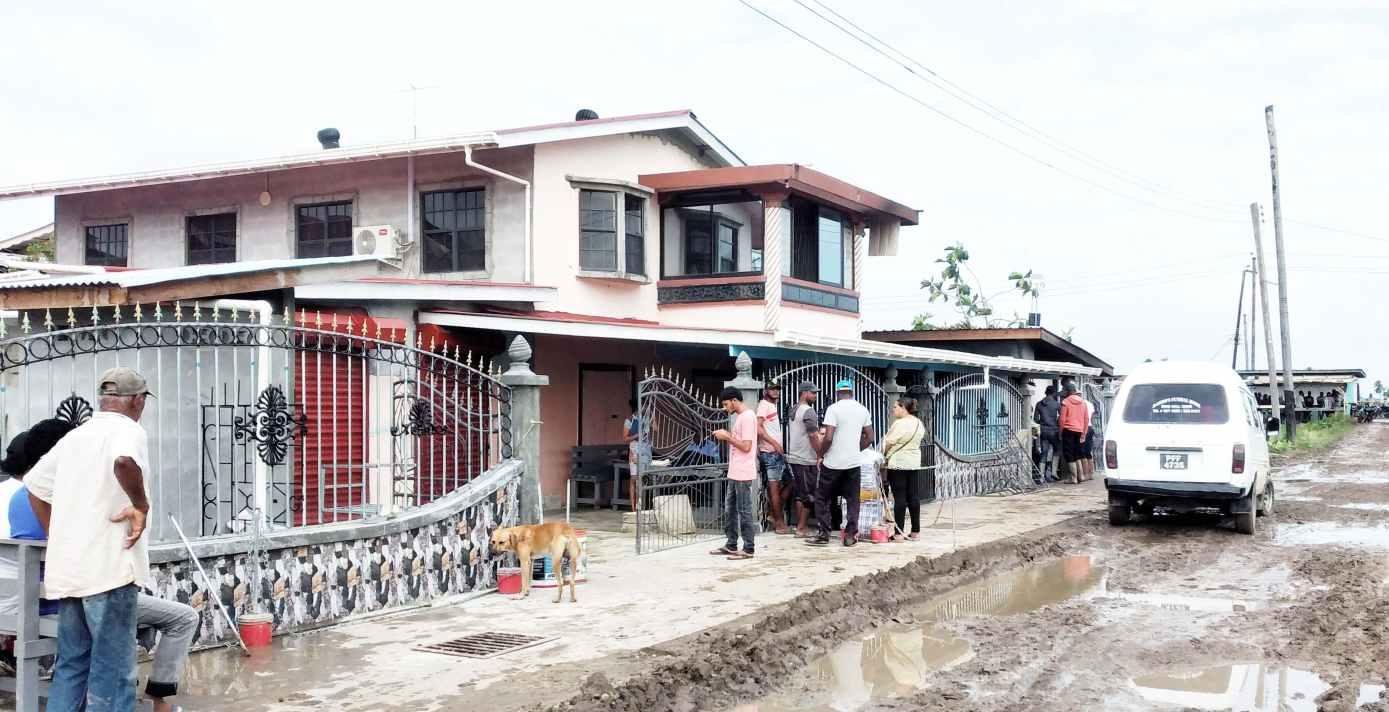Close

Since 2020, the Government of Guyana has advanced an ambitious housing drive in Region 4 (Demerara–Mahaica), allocating over 14,000 house lots to address chronic urban overcrowding in areas like Greater Georgetown, La Bonne Intention, Great Diamond, and Two Friends. This initiative is part of a broader national commitment to deliver 50,000 house lots by 2025, led by the Ministry of Housing and Water. By early 2025, more than 40,800 residential lots had been distributed countrywide, with Region 4 securing the largest share—around 61% of total allocations or approximately 24,500 lots—due to its high population density and growing housing demand (Ministry of Housing and Water, Annual Report 2024). Notably, in 2023 alone, the region recorded 7,118 new allocations, underscoring its role as the leading performer in the national housing programme (Guyana Chronicle, January 2024).
But this programme is more than simply giving out land. The government’s strategy emphasizes the development of fully serviced, sustainable communities with essential infrastructure, including roads, drainage, electricity, and water supply systems. The 2025 budget allocated $112.6 billion to the housing sector to support these upgrades, as well as to construct new turnkey homes tailored to low- and middle-income families (Guyana Budget 2025 Highlights). Beneficiaries in Region 4 also benefit from the Steel and Cement Assistance Programme and the Core Home Support Programme, which provide subsidies and technical aid to help families start building their homes (Department of Public Information, July 2021).
Efforts have also focused on fairness and inclusion, addressing a backlog of applications dating back to 2019. Nearly 46% of house lots distributed nationwide in 2024 were allocated to women, reflecting a strong commitment to gender equity and social justice in access to housing (Ministry of Housing and Water, 2024). Programmes such as “Dream Realised” have accelerated titling and lot distribution while also offering construction support to ensure recipients can truly build homes and secure futures. In Region 4, the allocation of over 14,000 house lots since 2020 represents not just land distribution but the planned creation of thriving, well-serviced communities that meet real human needs. It is a testament to the government’s promise of real homes for real families—and to a vision of growth that is inclusive, sustainable, and genuinely transformative for the people of Guyana.

The Guyana Project is an independent media platform delivering fact-checked, ground-level reporting on politics, economy, and public life in Guyana. With a focus on transparency and development, we bring unfiltered news and thoughtful analysis to help shape a more informed, forward-looking nation.

Building Vibrant Communities: Over 14,000 House Lots Delivered in Demerara–Mahaica Since 2020

Lorem Ipsum is simply dummy text of the printing and typesetting industry. Lorem Ipsum has been the industry’s standard dummy text ever since the 1500s, when an unknown printer took a galley of type and scrambled it to make a type specimen book. It has survived not only five centuries, but also the leap into electronic typesetting, remaining essentially unchanged. It was popularised in the 1960s with the release of Letraset sheets containing Lorem Ipsum passages, and more recently with desktop publishing software like Aldus PageMaker including versions of Lorem Ipsum.
t is a long established fact that a reader will be distracted by the readable content of a page when looking at its layout. The point of using Lorem Ipsum is that it has a more-or-less normal distribution of letters, as opposed to using ‘Content here, content here’, making it look like readable English. Many desktop publishing packages and web page editors now use Lorem Ipsum as their default model text, and a search for ‘lorem ipsum’ will uncover many web sites still in their infancy. Various versions have evolved over the years, sometimes by accident, sometimes on purpose (injected humour and the like).
Contrary to popular belief, Lorem Ipsum is not simply random text. It has roots in a piece of classical Latin literature from 45 BC, making it over 2000 years old. Richard McClintock, a Latin professor at Hampden-Sydney College in Virginia, looked up one of the more obscure Latin words, consectetur, from a Lorem Ipsum passage, and going through the cites of the word in classical literature, discovered the undoubtable source. Lorem Ipsum comes from sections 1.10.32 and 1.10.33 of “de Finibus Bonorum et Malorum” (The Extremes of Good and Evil) by Cicero, written in 45 BC. This book is a treatise on the theory of ethics, very popular during the Renaissance. The first line of Lorem Ipsum, “Lorem ipsum dolor sit amet..”, comes from a line in section 1.10.32.